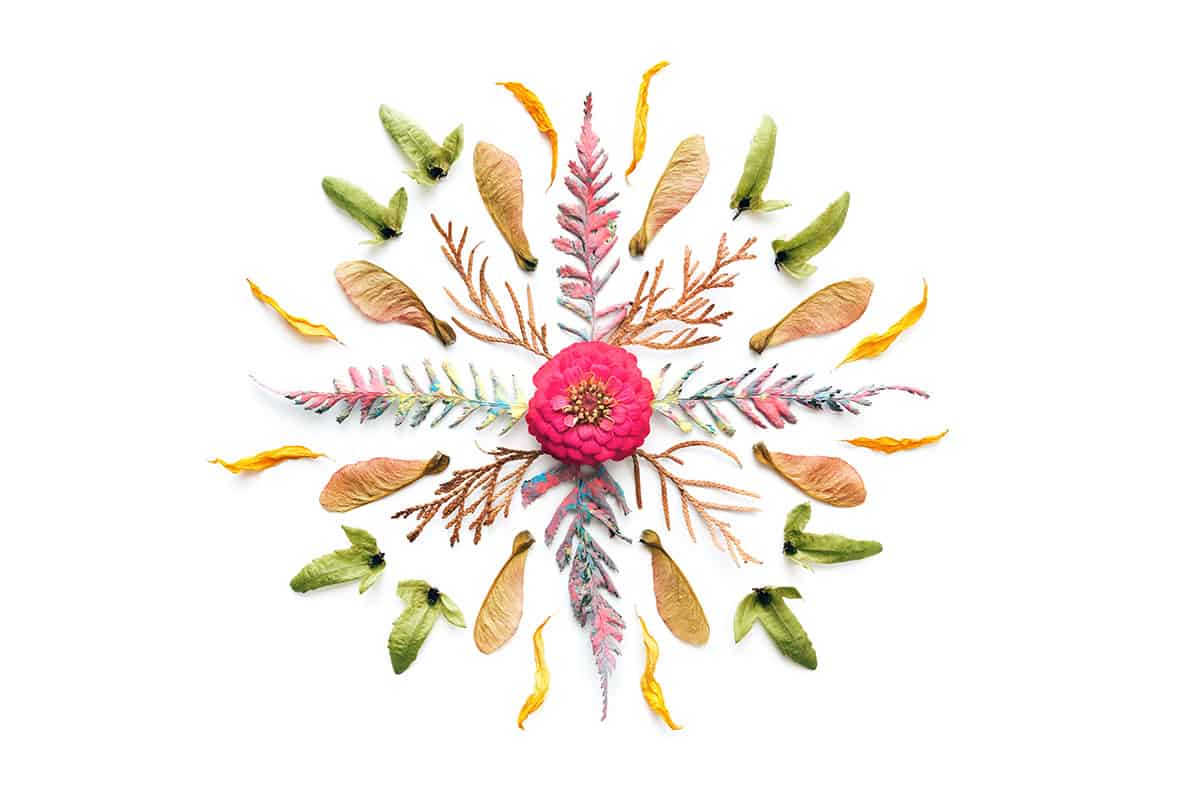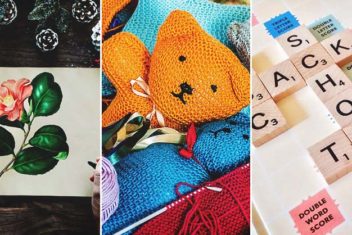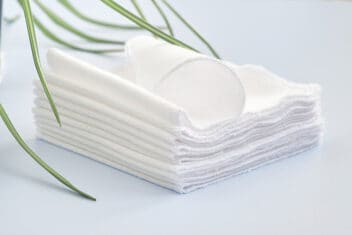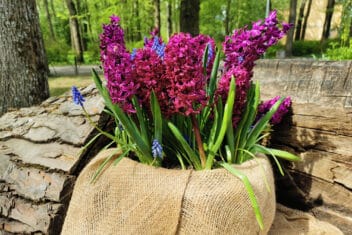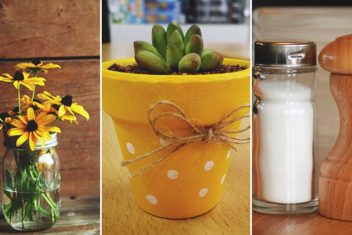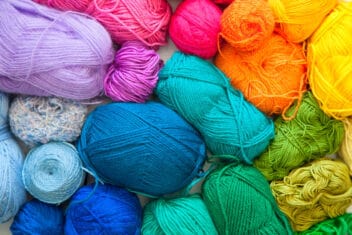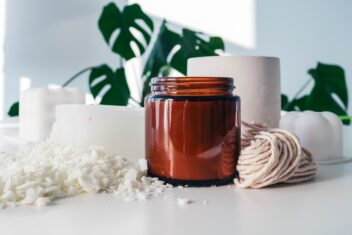Plants are wonderful allies to us in countless different ways. They can feed and nourish us, heal illnesses and wounds, and also provide a different kind of healing: that of the spirit.
In a time when so many people are experiencing tremendous upheaval and uncertainty, a mandala meditation using plants can be an ideal way to reconnect with the earth and calm the spirit while doing so.
What is a Mandala Meditation?
If you aren’t yet familiar with mandalas, definitely look into the history behind them. It would take several articles (and perhaps a few books) to explain their intricacies, but on a basic, fundamental level, they’re physical patterns used as spiritual meditation tools.

Mandalas are generally created in circular shapes, as the very word “mandala” means “circle” in Sanskrit.
They’re built outwards from a center item or image and are surrounded with repeating symmetrical patterns. They’re common in Buddhism and Hinduism and can be formed with pretty much any materials you can dream of – including plants.
People create mandalas such as these to evoke calm and joy in the midst of chaos. While you’re creating plant mandalas, everything else going on in the world seems to fall away. You’re just creating beauty, with beautiful plant components that each have their own special energy and light.
Prepare Your Space
First and foremost, decide where it is you’d like to create your mandala.
If the weather is nice enough for you to work outside, definitely do that. Nature is our greatest healer, and we have an easier time attuning ourselves with healing plant energy if we’re outside.
You can make your mandala patterns as large or as small as you’d like. Most people like to begin with one that’s about 10 inches in diameter. This size is easy to work with: it’s not so large as to be intimidating, but the right size to have presence.
Whether you’re working outside or indoors, clean the area where you’ll be creating the mandala. Since this is a meditative practice, it’s important to start with a clean slate.
If you’re working on snow or sand, use a shovel or broom to clear the area, and try to flatten it as much as possible. Alternatively, if you’re working on a stone, ceramic, or wooden surface, sweep detritus from the area and wash it before you get to work.
Some people like to mix some essential oils into the water they use to clean the space. If this idea appeals to you, then go for it!
Scent is important in any spiritual practice, and if you’re going to be working with unscented (or low-scent plant materials), then adding some green, earthy, or floral notes may really uplift you.
That said, if you’re going to be working with a lot of herbs or strongly scented flowers, skip the essential oils. Just revel in the aromas that your lovely plant friends exude on their own.
Gather Your Materials
If you can gather plant materials from your own garden or region to work with, that’s excellent too. You’ll be able to focus on the connection to the land we all share and appreciate the subtle beauty of the various species that grow in your own locale.
Note that you can still do a plant mandala meditation in the dead of winter. Just use what’s available, such as twigs, bark, lichens, and the like.
Since one of the main traits of a mandala is symmetry, try to gather enough materials to create repeating patterns. This usually involves even numbers, depending on the shape(s) you end up creating.
Aim to collect more plantstuffs than you think you’re going to need. That way, you won’t be scrambling for supplies halfway through, which will distract you from the meditative process.
Some people like to free-flow their mandalas, while others prefer to plan them ahead of time. Choose whichever option relaxes and inspires you more.
If you’re a Type-A planner who gets stressed out by improvisation, then make some thumbnail sketches or mandala plans beforehand. In contrast, if you feel constrained by structure and would prefer to flow in the moment, then go that route instead.
Feel free to keep tools like a ruler or compass handy, as they can help you keep things symmetrical.
Dedicate Time to Your Meditation
Choose a time to make your mandala when you’re unlikely to be disturbed, whether by animal companions or other people. The goal here is to immerse yourself in the energy of creation.
It’s very difficult to immerse when your concentration is being interrupted by others’ needs or wants every few minutes.
Ask family members or housemates not to disturb you while you’re doing your thing. If you’re doing this meditation outdoors, just ask that you be left to your own devices until you go back into the house.
Otherwise, if you’re doing this meditation at home, try to sequester yourself in a room somewhere. Put a big “do not disturb” sign on the door, if need be.
This is a time for you to connect with your own soul, through plants. They can look for missing socks on their own for an hour or two.
Get into a comfortable position and take a few deep breaths. You can either work in silence or play music that inspires you. There is no rush, here. Take as much time as you need, and enjoy the process.
Start at the Center and Work Outwards
Your mandala meditation begins at the center of your workspace. Choose a plant item that feels “right” at center stage, and place it there with intention. Some people like to use these meditations as manifestation prayers, so if you’re using yours as such, consider this centerpiece as the touchstone.
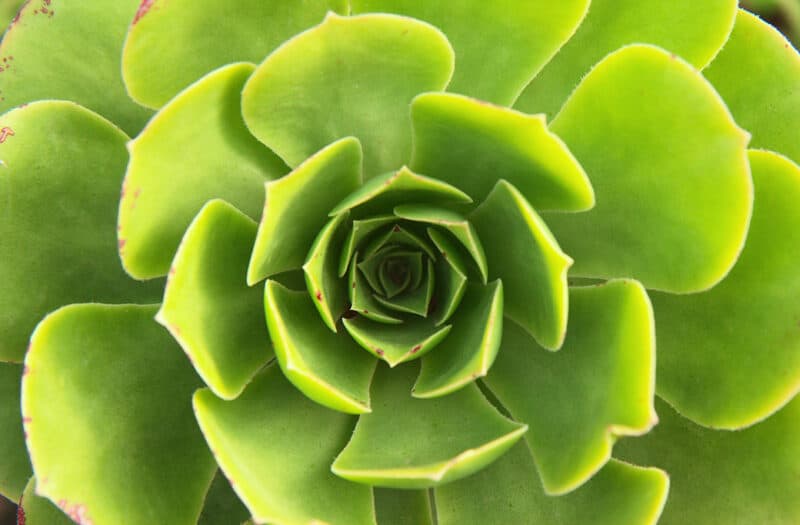
Really spend time with each plant piece before you lower it into place. Take note of how it smells, how it feels in your hands, and the energy it gives off.
If it’s edible, taste a piece and determine whether it evokes certain memories for you. Then place it wherever it feels right to do so. Once it’s there, mirror it on the other side of your centerpiece, and then again at opposite angles.
Do this with every component, being as fully conscious of each items’ many traits as you put them down. Note how they interact with one another, whether they complement one another’s hues or scents, and how they make you feel.
Continue this until the mandala feels like it’s complete. Again, remember that there is no right nor wrong here. If you feel like you want to make it bigger or smaller than your initial design, then do that.
Similarly, if you’d like to add bits other than plants, such as crystals, feathers, or other items, then do that.
Plant Mandela Meditation Theme Ideas
If you’re stuck on what kind of energy you’d like to focus on during your meditation, you can try to work within a particular theme. Here are just a few examples that may help to inspire you:
- Healing Herbs: yarrow stems and leaves, coltsfoot or calendula flowers, echinacea petals, hawthorn berries or rosehips, mullein leaves
- Hope in Winter: long pine needles, various evergreen cones, birch bark (from fallen trees), moss, lichens, rowan berries, various twigs, holly, ivy
- Rainbow Joy: flowers and herbs in every shade possible, such as rose petals, nasturtiums, black-eyed Susans, goldenrod, various green tree leaves, bachelor’s buttons, violets
- Culinary Celebrations: fresh herbs like parsley, dill, rosemary, sage, and basil, plus dried spices such as star anise, cardamom, cinnamon sticks
Use whatever you have available, and please don’t worry about whether your mandala is “pretty enough.” The key is to make something that celebrates plants’ beauty and sacred energy, one that fills you with joy and peace when you make it. It doesn’t matter if it’s Instagram-worthy or not.
Remember that there is no right or wrong here when it comes to materials. One of the most beautiful plant mandalas I’ve ever seen was made of seeds that the gardener was going to plant in her garden. She laid them all out in concentric circles and repeating patterns, from tiny poppy seeds to pumpkin pepitas.
Make this your own.
Plant Mandala Meditations for Every Occasion

You can use this kind of mandala meditation to focus on a single concept, such as joy, peace, or abundance, or merely to celebrate the awesomeness of our plant friends.
I’ve found seemingly random mandalas in the forest during hikes, created with a mixture of stones and leaves. And I’ve made them from fallen and wilted petals after store-bought bouquets began to fade, simply for the pleasure of working with these embodiments of hue and scent.
These plant mandalas are also ideal for working through difficult emotional experiences. I’ve created them to thank my garden for its perseverance after it was damaged by bad storms, and as funerary offerings after I have buried beloved animal companions.
However you choose to create yours, please try to revel in every aspect of the creation process. No judgment, no expectations. Just beauty.
